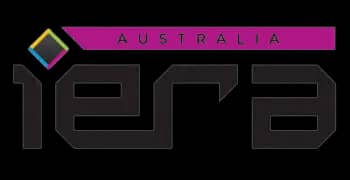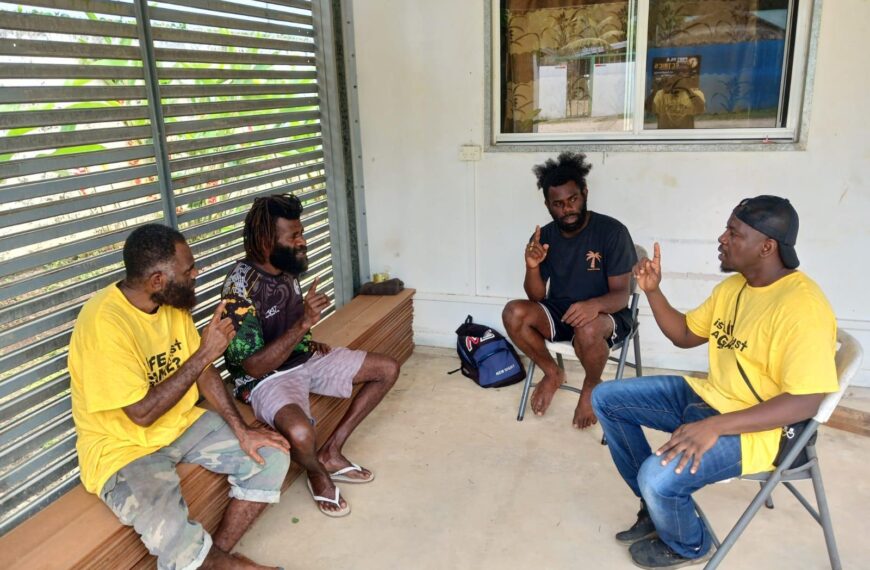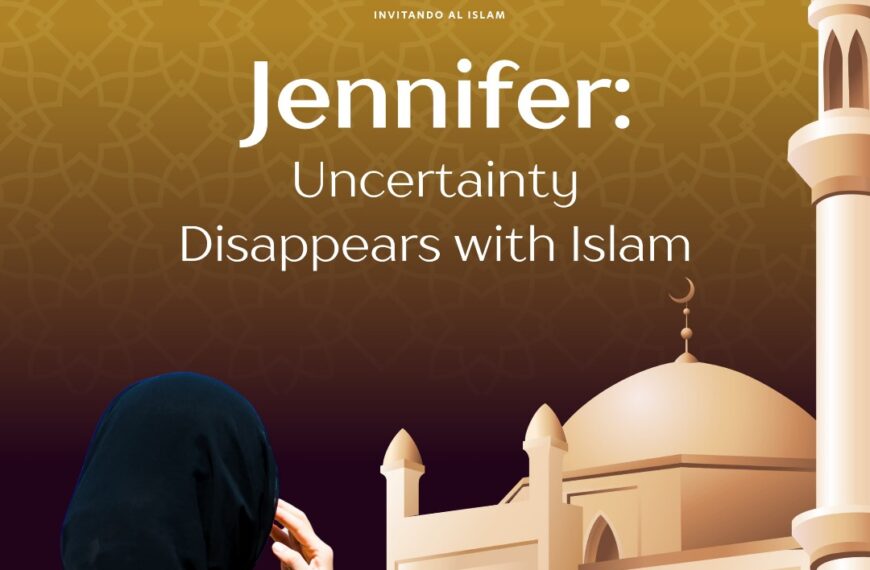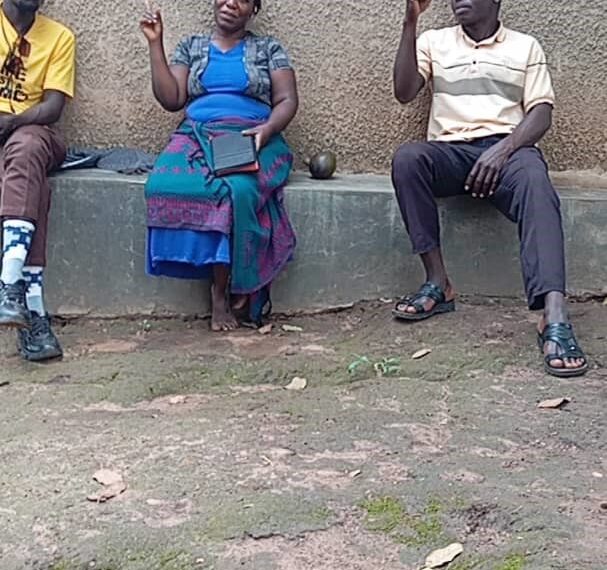To enhance the effectiveness of your da’wah conversations, or conveying the message of Islam, demands not only a profound understanding of Islamic principles but also a strategic and empathetic approach. iERA hosted a webinar on best practices for effective Dawah, the session aired every Thursdays on zoom targeting iERA personal and OS around the global to share the insights and learn from each other best ways on doing Dawah. In this article, we delve into the key best practices derived from insightful discussions during a recent session on Dawah methodologies. The session examined the Go-Rap method and its various elements, aiming to provide a comprehensive guide to enhancing the effectiveness of Dawah conversations.
The Go-Rap methodology serves as a structured framework for Dawah conversations. By exploring its elements and best practices, we can refine our approach and engage in more meaningful discussions. This systematic approach has proven to be instrumental in engaging non-Muslims, and understanding its various elements can significantly enhance the effectiveness of our interactions. These insights emerge from real ground experiences and enriching dialogues from around the globe, forming the basis of our quest for effective Dawah.
- Emphasizing Common Sense Agreement:
The foundation of effective Dawah lies in establishing a common sense agreement. Imagine initiating a dialogue by asking, “What would you do if a man, clad only in red underpants, claimed to read your electricity meter?” A simple yet powerful analogy, this bizarre scenario serves as a metaphorical premise for a metaphorical “Common Sense Agreement“. Before delving into religious specifics, this agreement initiate a dialogue based on shared principles. It is a crucial step in ensuring a rational and constructive dialogue.
[tie_full_img]
 [/tie_full_img]
[/tie_full_img]
Feedback and Practical Insights:
feedback on this aspect, highlights the significance of the common sense agreement. However, challenges may arise, particularly when engaging with individuals who are emotionally entrenched in their beliefs, such as fervent Christians who might be resistant to logical discussions. These individuals resist discussions grounded in common sense, preferring emotional narratives. When faced with highly fervent individuals unwilling to engage in common sense agreement, it becomes imperative to assess the feasibility of the conversation. In such instances’ The question arises: What if your conversational counterpart, particularly a fervent Christian, vehemently refuses to engage in the Common Sense Agreement, steering the conversation towards emotional terrain?
What are the best practices?
When faced with highly fervent individuals unwilling to engage in common sense agreement, it becomes imperative to assess the feasibility of the conversation. Here, experience takes the lead, emphasizing the importance of establishing common ground beforehand. A strategic pause might be necessary a temporary halt can provide clarity. Another insightful recommendation here is to recognize the limitations of the approach with such individuals and, if necessary, consider discontinuing the conversation.
A notable resource suggested for deeper exploration is Sheikh Green’s book, “The Man in the Red Underpants.”
The purpose of the common sense agreement is not to stifle emotions but to ensure a rational foundation for discussions. Rational discourse allows for a more constructive exploration of religious concepts and shared beliefs.
- G — GOD’S EXISTENCE
Having successfully laid the groundwork with the Common Sense Agreement and initiated the conversation we move on to God’s existence. You have done the common sense agreement. You’ve done initiation. You started the conversation, now moving to God’s existence, which is the first part of the go wrap the G. The purpose is to show the non-Muslim that there is a God, a creator, using a simple and clear argument
Crafting the Argument for a Creator: Presenting a clear and simple argument for the existence of a Creator is pivotal. The common refrain that “something can’t come from nothing” forms the basis of this argument. Using relatable examples like a mobile phone emphasize the complexity of even man-made objects, highlighting the implausibility of their random formation.
Feedback and Practical examples:
The Mobile Phone Analogy
A powerful tool in illustrating the argument for a Creator is the mobile phone analogy. Drawing parallels between the intricacies of a mobile phone and the complexity of the universe. A mobile phone is a good practical example to use because most of us have one and you can show this to the non-Muslim as you’re talking to them.
Here is the argument: “Your mobile phone – what is it made of? It’s composed of a few basic elements — plastic, glass, silicon for the chip, and some precious metals. ! Is there a chance that this mobile phone could have randomly formed itself through these natural processes? Using our common sense, none of us would ever come to this conclusion!
What are the best practices?
TIP: The visual impact of holding out a mobile phone while discussing its composition serves as a tangible reinforcement of the argument.
Whether it’s a mobile phone with a manual, a shirt with washing instructions, or a car that comes with a guide, everything bears evidence of intentional design and purpose. This leads to the logical conclusion that the universe, with its intricate systems and order, also points towards a Creator. The purpose is not merely to present an argument but to demonstrate the rationality behind the belief in a Creator.
Footprints in the Sand: a simple scenario involving footprints on a beach. By questioning whether someone would believe that nobody walked there if footprints were visible, the conversation gently nudges the participant towards acknowledging the observable signs of purpose and intent.
These tangible demonstrations serve as a compelling illustration, engaging the non-Muslim on both a logical and visual level. The goal is to evoke a sense of agreement based on common sense principles.
The Role of the Quran:
A debated aspect in Da’wah is the use of Quranic verses during these conversations. While some emphasize presenting the Quran as a rational and objective source, others express caution regarding potential challenges and contradictions. The consensus leans towards strategically introducing Quranic verses in the revelation section, reinforcing logical arguments with scriptural support.
TIP FOR USE OF Quranic verse Quran in chapter 52 verse 35 to 36 Where Allah breaks down the existence of the universe? If you can explain to the individual as to why God exists objectively and rationally, without the need of subjective faith, that is something that will stay with them for the rest of their lives. Even after that conversation, if the person does not embrace Islam, but let’s say two, three years down the line, they sit in contemplation about the existence of God. They will remember this verse because it gives them an objective and rational definition of who this creator is and why he has to exist for existence to be possible. And that explanation is grounded in the Quran.
Or you could use this; “I would like to share this verse in the Quran with you”. this is what the verse says. But I would like to explain to you “why we believe in the Quran in the first place”. But this is a rational argument that we can apply. “We believe that God is asking us this to contemplate about it”. You could use this as best practices examples
Sheikh Green takes away during the session:
- Efficiency and Purpose of Go-Rap: The beauty of the Go-Rap system lies in its efficiency, The primary objective is to provide the shortest and most comprehensive path from point A to point B. The purpose is to streamline the Da’wah process, ensuring it encompasses all necessary elements without unnecessary detours.
- Engaging Christians on God’s Existence the efficiency of engaging Christians on God’s existence. Sheikh Green suggested a straightforward yet compelling question: “How do you know there’s a God?” The brilliance lies in allowing the individual to articulate their beliefs. By encouraging Christians to explain their perspective, it facilitates a natural and more profound conversation. Sheikh cautioned against using scriptural references as the primary argument, be it the Bible for Christians or the Quran for Muslims. Instead, he urged to maintain logical consistency in conversations. Relying solely on religious texts without a logical foundation could hinder effective communication.
- Analyzing and Improving Da’wah Efforts: A crucial takeaway from Sheikh Green’s insights is the importance of constant self-analysis in Da’wah efforts. Drawing from his extensive experience in street Da’wah, Sheikh Green encouraged practitioners to scrutinize each conversation. Analyzing the dynamics of successful and unsuccessful encounters allows for continuous improvement.
The Go-Rap system, Sheikh Green revealed, evolved from a deep reflection on failed conversations and lengthy arguments. It emerged as a powerful tool, particularly in navigating emotional routes taken by some individuals during discussions.
See the recordings of the sessions :







